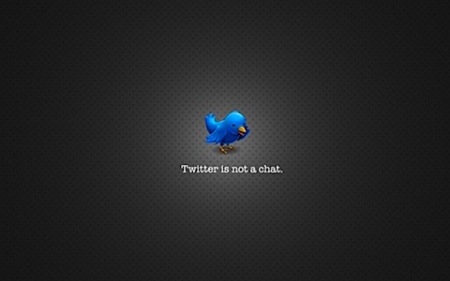Who’s Taking A Swipe At Physicians Now? AHIP
The methodology of this “survey” is not really honest. They cherry-picked an insurance database looking for the highest billed charges for various CPT codes. Supposedly they “excluded high charge outliers that may reflect billing or coding errors.” Really? How on earth, one wonders, could they have concluded that an office visit billed at 5,000% the medicare rate was not an error? Were there more outrageous charges that were excluded? Sounds fishy.
Moreover, the survey is promoted as exposing the outrageous fees that doctors charge, when in no way are these fees representative of physician fees. Physician fees, as any other group of data points, fall into a more-or-less normal distribution. There’s a median point around which most practices cluster, and the further out you get the fewer physicians that are charging those fees, high or low. The cited fees are certainly in the 3+ standard deviation tail of this graph, but you wouldn’t know it from the AHIP press release.

They present these outrageous charges as if they are accurate and as if they represented a widespread abuse of consumers by greedy doctors.
The annoying thing about this is that there is a valid argument to be made that the uninsured do face higher fees than the insured. This is of course more of a factor with the much-higher hospital costs, but physician fees are also higher for the uninsured. The reason for this is that insurers demand a discount off the standard fee in order to contract with physicians. This gives physicians an incentive to crank up their fee schedule as high as they can get away with.
So if UnitedHealth comes to me and offers to pay me 75% of billed charges (I wish!), I need to make sure that my fee schedule puts that figure at a level that is going to return a reasonable per-patient compensation. This is less of an issue nowadays, since most insurers prefer to settle on a conversion factor and contract by the RVU, or as a percentage of the standard medicare rates (110-150% most commonly). That’s easier for their billing systems to manage. So there is less incentive for us to keep charges high. But still, a few insurance plans like to do the old way, and there are occasional patients who are insured but we don’t have a contract with their insurer. In those cases, we expect compensation in full, and the insurer usually pays some arbitrary sum that they feel is reasonable, with the patient responsible for the balance.
Does this screw the folks without insurance? Yes, to a degree. Most of the uninsured don’t pay a dime. They just throw out the doctor’s bill, along with the much-bigger hospital bill, and we wind up writing it off as bad debt. Most hospitals, and our practice, will also write it off as charity if the patient asks for it and can show some hardship. So the uninsured will get a huge bill, but they very very rarely have to pay a huge bill.
The ultimate solution for this “problem” of the uninsured being “overcharged” is not, as AHIP implies, to somehow regulate physician charges, but to eliminate the uninsured. Get everybody covered under some sort of insurance plan, and this problem goes away.

*This blog post was originally published at Movin' Meat*




















